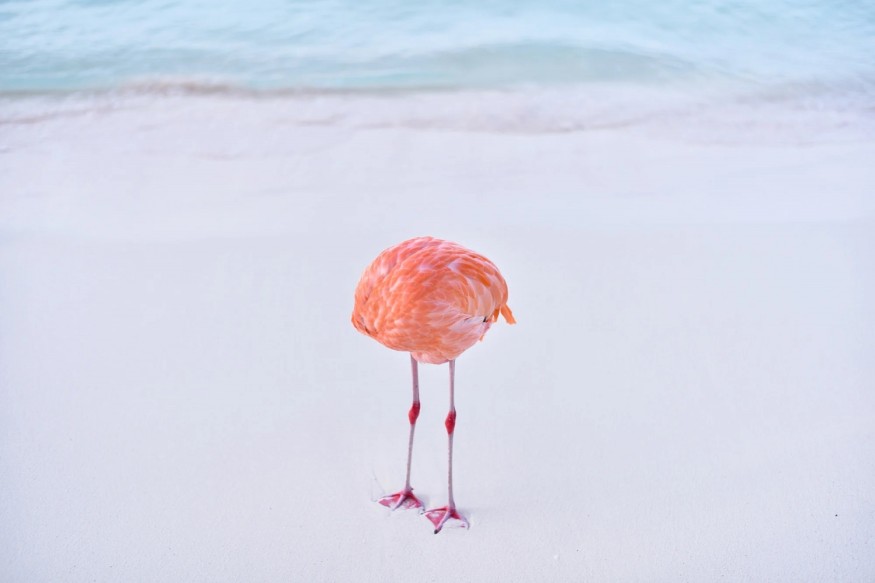Real Flamingo Photo Wins AI Prize, Stirs Controversy at 1839 Awards

In a surprising turn of events at the 1839 Awards' Color Photography Contest, photographer Miles Astray sparked debate and discussion by submitting a real photograph of a flamingo into the AI-generated image category. The image, capturing a flamingo in Aruba casually scratching itself, not only managed to deceive some jurors but also won third place in its category and the coveted People's Vote award.
Rise of AI in Art Competitions
AI-generated images have increasingly made their mark in art and photography competitions, often causing confusion and controversy due to their sometimes bizarre characteristics, like incorrect anatomy. Astray, aiming to make a statement about the role of human creativity and authenticity in art, seized the opportunity to challenge the dominance of AI-generated content.
"To see it get shortlisted by the jury was a surprise in that it's always a bit of a lottery in such big contests," Astray commented via email to CNN. "After it got shortlisted, I started campaigning for people's votes, but I had absolutely no idea how far or close I was to winning until the announcement."
Disqualification and Organization's Response
However, following the revelation of his entry's true nature, Creative Resource Collective, the organization behind the awards, disqualified Astray from the competition. Lily Fierman, the director, clarified their decision, stating, "Each category has distinct criteria that entrants' images must meet... we don't want to prevent other artists from their shot at winning in the AI category."
Also Read : Top 5 Immersive Art Experiences in the World
Ethical Implications and Future Discussions
Despite the disqualification, Fierman expressed no hard feelings towards Astray and intended to collaborate with him to discuss the ethical implications of AI-generated images, using his submission as a starting point.
Astray's Defense and Artistic Intent
Astray defended his unconventional submission, emphasizing that the photograph was not staged for the stunt but rather a lucky capture that perfectly suited his intentions. "The idea had been roaming in some remote corner of my mind, and when I saw this picture, it surfaced," he explained. "The scene is so unreal for such a simple, natural reason: a flamingo scratching its belly."
The incident underscores ongoing debates surrounding AI in art and the ethical considerations of such technological advancements. While AI continues to push boundaries in creativity and innovation, Astray's actions highlight the enduring value of human insight, interpretation, and emotional connection in artistic expression.
In conclusion, Miles Astray's submission of a real photograph into an AI-generated image category at the 1839 Awards has ignited crucial discussions about the intersection of technology and artistry. His action challenges the perceived dominance of AI and underscores the enduring significance of human creativity and authenticity in the arts. While the incident led to Astray's disqualification, it also prompted reflection on the ethical implications of AI in creative fields. Moving forward, the incident catalyzes deeper exploration into how technological advancements can coexist with and complement traditional artistic practices, reaffirming the value of genuine human expression in contemporary photography and beyond.
From Digital Models to 3D-Printed Homes: Jaspreet Kaur Lall Explains How the Innovation Changes the Construction Industry

Future Belongs to Green Construction: Sampath Kumar Paspunoori Explains One of the Key Trends in the Construction Industry

Kamala Harris' Campaign Ad Uses Iconic Visuals from Carrie Mae Weems to Connect with Voters

Historic Ancient Roman Ruins in Baalbek Remain Strong After Israeli Air Strikes; Locals Seek Cultural Protection

4 Ways to Honor Departed Loved Ones in Your Home Design













